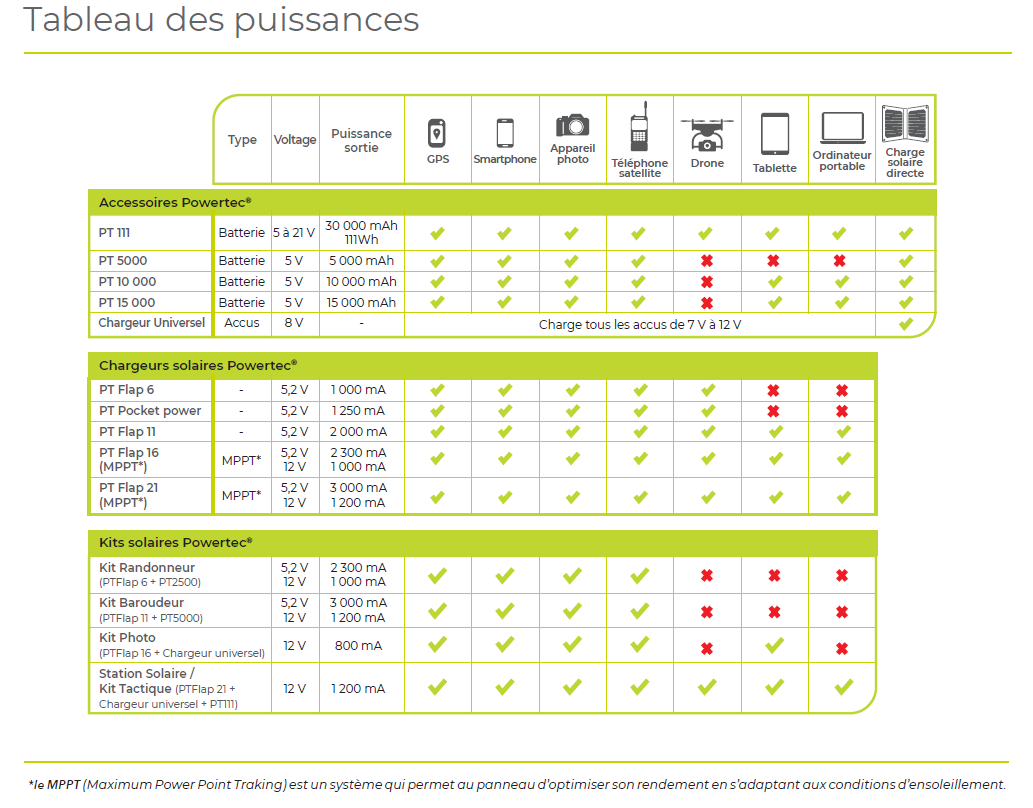Mini Cart
Since it arrived on the first smartphones a few years ago, USB-C has been gaining ground. We can see it on all our electronic devices and it is slowly becoming the connectivity standard of tomorrow.
But if USB-C is first and foremost a design, i.e. a connector that can be plugged in any direction (phew!), what about its characteristics and why do all the manufacturers keep on boasting about the integration of this standard in their new electronic products?
USB-C or USB Type-C, is first of all a standard relating to the cable connector, which differs from the USB-A, microUSB and Lightin connectors that we knew until now, and that we found on many Android smartphones and iPhone.
Like its cousins, a USB-C port can be used to charge devices, exchange data, and even transmit audio and video streams.
It is finally through these last uses that USB-C finds its universality.
But what interests us here is that USB-C is, like other USB standards, made to charge.
USB-C offers several energy profiles. While the classic USB operated in 5V, then in 5.2V then in 3.7V only allowed 2.5 Watts then 5Watts of power, the Type-C offers a minimum of 10 Watts (which explains the new standards of smartphone Fast charge) and a maximum of 100 Watts, which allows the charging of a computer.
Powertec has been working since 2016 on this new standard which opens a small revolution, both in terms of charging and connectivity and products to charge.
In order to develop a USB-C ecosystem, the R&D of the first USB-C solar charger has just been completed with a market launch in 2021.
To accompany it, a series of new USB-C accessories to charge everything quickly, including:
-
- A USB-C cigarette lighter adapter
(5V / 3A)
-
- A USB-C power adapter
- A 3 in 1 cable
, microUSB+ USB-C + Lightin
integrating USB-C in/out charging
- A USB-Cinduction charger
Thus equipped, the next USB-C solar panel + its accessories will provide you with all the comfort of a light, robust and fast mobile charge!
Have a nice trip !

